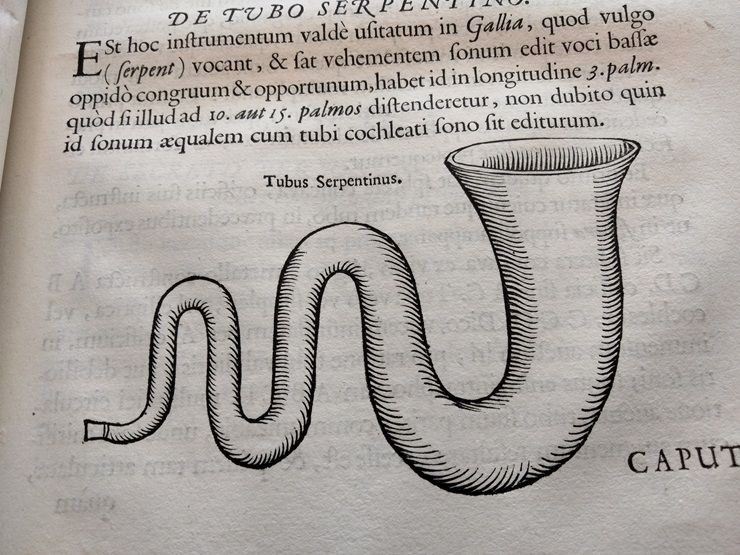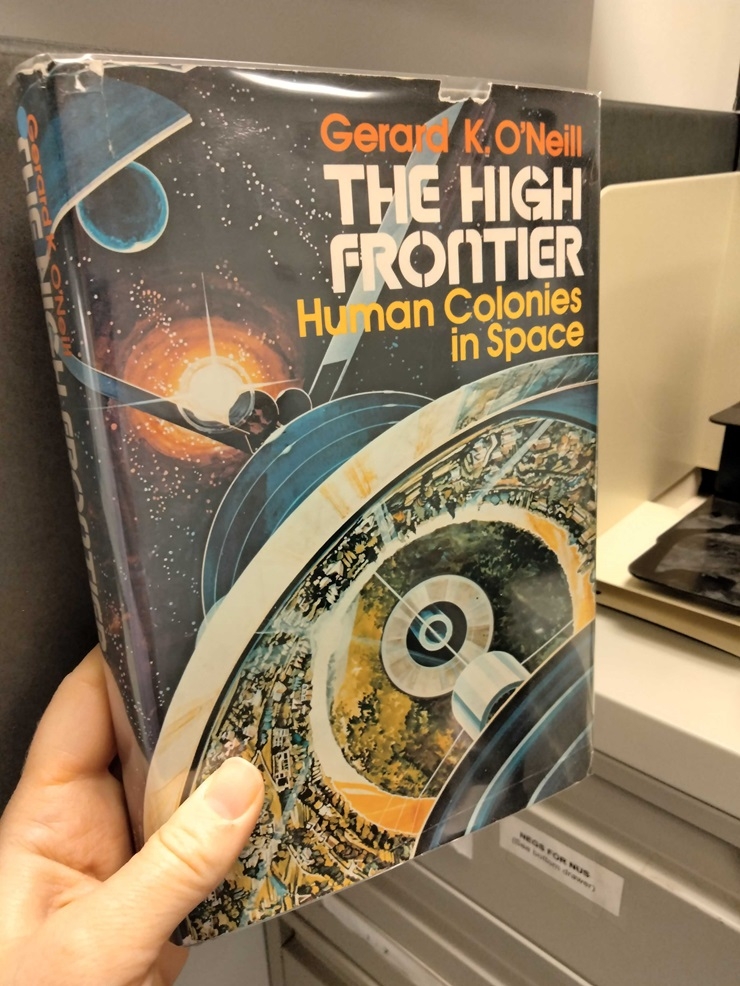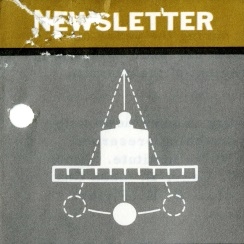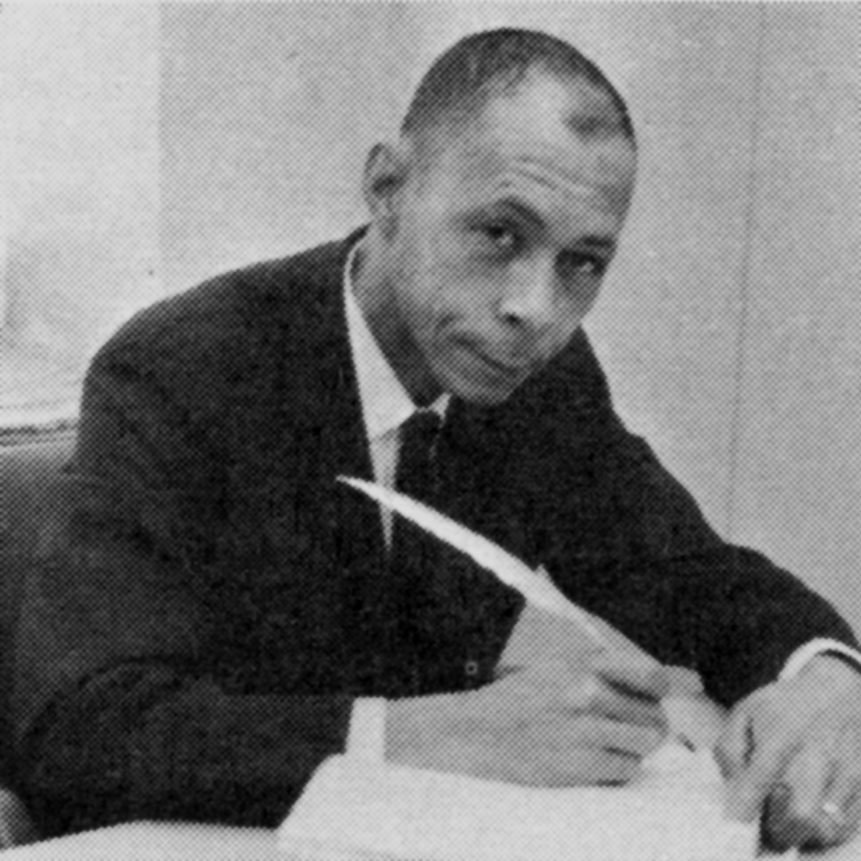Before there were walkie talkies, there was Athanasius Kircher. In 1673, Kircher published Phonurgia nova : sive Conjugium mechanico-physicum artis & naturae paranympha phonosophia concinnatum (1673), which is chock-full of inventive ways to transmit sound. The Niels Bohr Library & Archives recently acquired a beautiful copy of this work.

Whether you are staying put or mounting your own expedition to see the April 8th, 2024 total solar eclipse, for this Photos of the Month, we are going to explore what went into the Solar Eclipse Expeditions of the late 19th and early 20th century using the Emilio Segré Visual Archives!
The Niels Bohr Library & Archives has a thorough Collection Development Policy, but how we interpret it and enact it can change from year to year. We can’t control what books are published or available on the rare book market. However, we can control what we spend our book budget on, and it’s interesting to take a look back and see if we met our goals of collecting more diversely and broadly than in years past.
Even more chaotically than purchases, most of our acquisitions are via donation, which are entirely unpredictable. Additionally, 2023 was a pretty unusual year for the Library, but so far every year in this decade has been unusual, so maybe unusual is the new normal. But in 2023 we were without a cataloger for ¾ of the year AND dealing with a huge office clean-up (the office clean-up to end all office clean-ups, as everyone in the building had to empty their offices) so we were inundated with the books that have been lying around people’s offices since the early internet era (sorry netscape navigator tutorials, we tossed you) as well as the newer books that people at the American Institute of Physics collected for their work more recently.
When I reached out to our former SPS interns to ask them about their experiences with us and their lives now, I received so many more thoughtful responses than I dreamed of. It was so hard to choose just a few responses to feature in the AIP History Newsletter. Luckily, there is plenty of space on Ex Libris Universum to share their responses in full! Here is the second half of the two part series. You can find the first half here.
For this March Photos of the Month, we are celebrating both Women's History Month and the 125th Anniversary of the American Astronomical Society (AAS). This post highlights some of women astronomers who have served leadership roles within the AAS and other astronomical organizations with a focus on overcoming gender discrimination in astronomy. Many of the women were actively involved with the efforts to advance the status of women in astronomy through involvement with AAS Working Group and Committee for the Status of Women in Astronomy in the 1970s and signatories of the Baltimore Charter for Women in Astronomy in 1992.
We’re big fans of Dr. Ronald Mickens here at Ex Libris Universum. In 2009 he donated his Ronald E. Mickens collection on African-American physicists, circa 1950-2008 to us at the Niels Bohr Library & Archives, which consists of biographical files on numerous physicists that were solicited as part of an exhibit created by the National Society of Black Physicists (NSBP), as well as part of his work writing obituaries for Physics Today.
The Center for History of Physics and Niels Bohr Library & Archives have been producing our longest-running publication, the AIP History Newsletter, since 1964. Until this fall, only issues from 2004 to the present were digitized and available on our website. Happily, it became my project to digitize and upload all of the newsletter issues from the beginning (1964) through 2003 as part of my fall internship. I am someone who loves to digitize stuff, so hip hip hooray! And thus, I entered the world of Niels Bohr, modern physics, and physics history. During my journey, I stumbled across some unexpected – but pleasantly surprising – mentions of a Chinese translator and an electro-ballistic apparatus used to measure the speed of cannonballs! (See Volume 17, No. 1 if you are interested.)
In 1962 Titus Pankey Jr made a discovery that would change the course of the study of supernovae. In his Howard University dissertation, Pankey argued that the electromagnetic emissions of certain supernovae are powered by nickel-56 decay. He then produced what today’s astronomers would recognize as the prototypical light curve of a type Ia supernova, the variety of stellar explosion that over the past quarter century has enabled precision measurements of the universe’s expansion rate.
Pankey—who was the first person to graduate with a PhD in physics from Howard and among the first 10 Black physics PhD holders in the US—would not be recognized for his work for decades to come. To this day, Pankey’s contribution remains drastically under-cited compared with the work of Stirling Colgate and Chester McKee, who independently introduced the same idea about 56Ni in a 1969 Astrophysical Journal paper.
Once the buzz and jubilance of the New Year celebrations are over, January is a month known for darkness, calm, and perhaps a touch of dreariness. Here in Maryland, these last weeks have been the coldest we’ve had for quite some time.
Though it is certainly dark and cold, January has an important date of celebration for the town of Roselle, New Jersey. On January 19, 1883, during this gloomy time of year, many of Roselle’s streets, homes, businesses, and the railway station shone with brilliant electric light by incandescent lightbulb for the first time. This was not just a first for Roselle, but for any town, anywhere. Thomas Edison chose Roselle as the location for his experiment in which he set out to prove that a town could be lit by electricity from a single generator, and it was a success. It must have been an awe-inspiring sight for the townspeople. I imagine that many were excited, though I also wonder if there was trepidation in the town that day for this new technology making such a dramatic appearance in their daily lives. Perhaps some were like Maggie Smith’s character the Dowager Countess in Downton Abbey, reacting to an electric candelabra - “Such a glare!”
Miriam Hiebert wrote The Uranium Club: Unearthing the Lost Relics of the Nazi Nuclear Program (2023). The book takes the reader on the journey of a uranium cube that mysteriously appeared on the desk of Tim Koeth at the University of Maryland with the note, “Taken from the reactor that Hitler tried to build. Gift of Ninninger,” and explores the history of nuclear power in the World War II era. She used Niels Bohr Library & Archives resources while doing research for the book, and we are thrilled that we got to interview her about the book and historical research!










